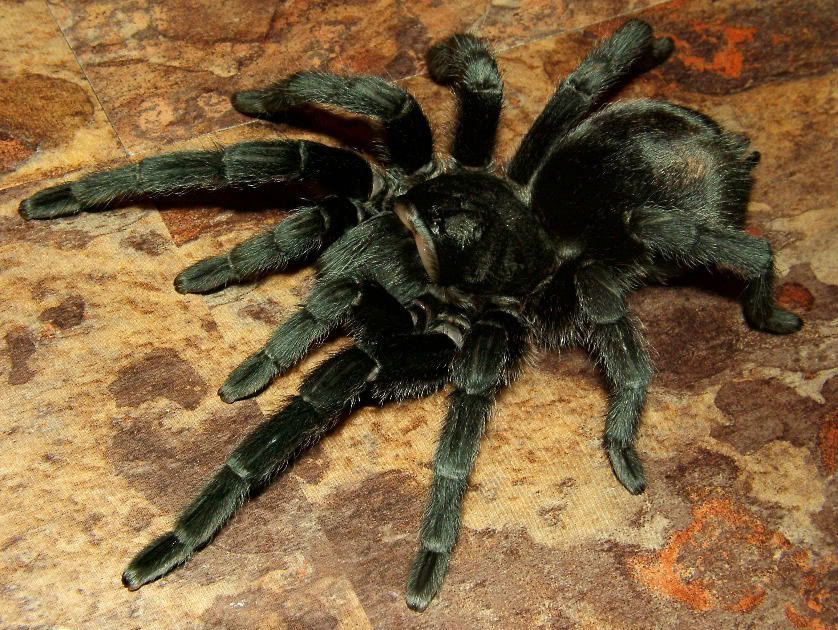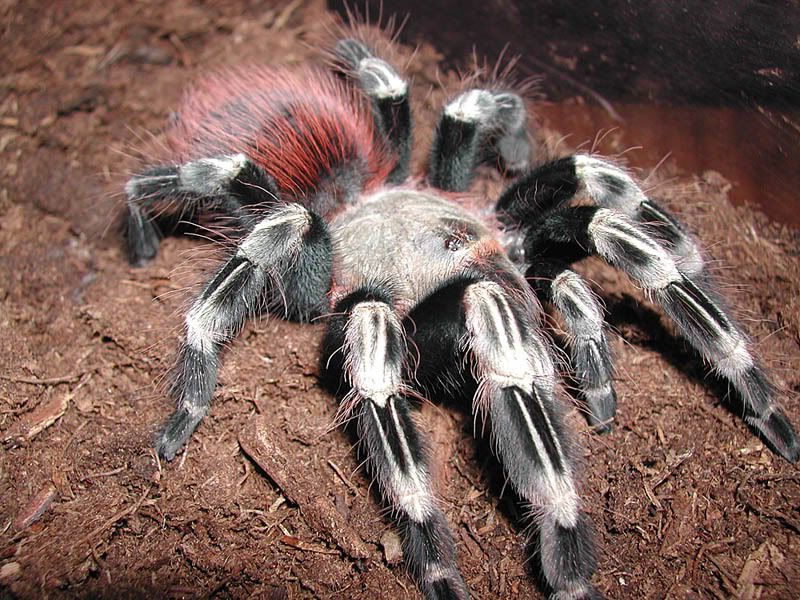This was a surprisingly easy choice, as there was only one place I could buy from and that was The Spider Shop, a great resource for new and experienced keepers. They have a wide variety of tarantulas of different sizes, from adults all the way down to spiderlings.
I was looking to have a good mix of tarantulas. Different species of tarantulas grow at different rates, so I was looking for a mix of fast growing and slow growing, which would offset the cost of having to move all the babies into bigger enclosures at the same time. Some species, such as the Grammostola rosea (Chile Rose) are notorious for growing very slowly. I've read on various forums that keepers who have had G.rosea slings for two years have only seen it grow an inch and a half, whereas other species can mature in that time.
The other thing I was looking for was temperament. I wanted a mix of docile spiders, which I would feel confident handling and others which have a lot more attitude and generally are not good for handling. Again, the G.rosea is an excellent starter species, and if you're looking for a tarantula you can handle, this is an excellent candidate.
Another important factor was rarity. As new species and sub-species of tarantula are found on a regular basis, I wanted ones that not every one in the hobby as, but I also wanted a few that I could compare with many other keepers of the same species. The G.rosea for example is extremely common, and others such as the Grammostola pulchra (Brazilian Black)are not often found in the hobby.

A mature female G.pulchra
Last, but by no means least, and probably the factor many of you would regard as the most important factor, is looks. I wanted, where possible, to have distinctive spiders. The Ceratogyrus marshalli (Straight Horned Baboon)for example has a horn on it's carapace that can grow up to an inch in length which is something that I cannot quite believe, whereas others like the Nhandu chromatus (White Striped Birdeater) have brilliant white stripes on its legs and superb red hairs on its abdomen.

A N.chromatus
So, without further ado, here is my list:
Grammostola rosea (Chile Rose)
Grammostola pulchra (Brazilian Black)
Ceratogyrus marshalli (Straight Horned Baboon)
Nhandu chromatus (White Striped Birdeater)
Brachypelma albicpes (Aemula Gold Red Rump)
Cyclosternum fasciatum (Costa Rican Tiger Rump)
Euathlus vulpinus (Chilean Ocellated)
Throughout the selection process, I had also been toying with the idea of adding a Brachypelma emilia (Mexican Red Leg) to the group, as we had two slings in work. As one was sold today, I decided I had to grab the last one!
No comments:
Post a Comment